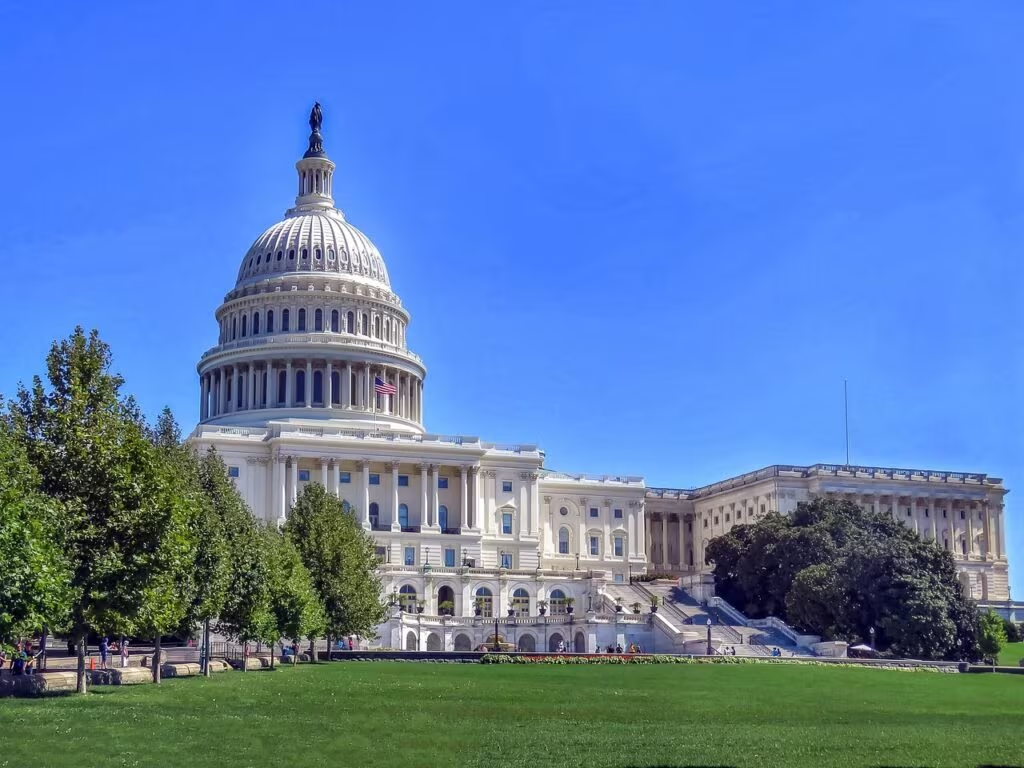Critical Health Coverage Hangs in the Balance for New Legal Residents
As Congress navigates complex legislative negotiations in 2025, a critical policy debate over the extension of enhanced Affordable Care Act (ACA) subsidies is placing the health coverage of hundreds of thousands of legal immigrants at severe risk. The potential loss of this financial aid not only jeopardizes individual access to care but also poses a significant threat to the stability and affordability of the entire individual insurance market.
The core issue revolves around the enhanced premium tax credits—originally boosted by the American Rescue Plan Act (ARPA) and extended by the Inflation Reduction Act (IRA)—which are set to expire. For a specific population of legal immigrants, the expiration of these subsidies would translate into massive, unaffordable premium hikes, effectively locking them out of the insurance market.
The Policy Trap: The Five-Year Waiting Period and the ACA
To understand the severity of this crisis, it is essential to recognize the unique position of certain legal immigrants within the U.S. healthcare system. Generally, lawfully present immigrants, including legal permanent residents (LPRs), are subject to a five-year waiting period before they become eligible for federal means-tested programs like Medicaid or the Children’s Health Insurance Program (CHIP).
When the ACA was implemented, it provided a crucial safety net for this group. While they were barred from Medicaid, the ACA allowed them to immediately access the health insurance marketplace and qualify for premium tax credits (subsidies) to lower their monthly costs. This provision was vital for ensuring continuity of care for new residents.
The Role of Enhanced Subsidies
The enhanced subsidies, which significantly lowered out-of-pocket costs and eliminated the “subsidy cliff” (where middle-income earners lost all aid), were particularly beneficial for new legal immigrants. These credits ensured that no one paid more than 8.5% of their household income toward a benchmark silver plan, making coverage feasible for low- and moderate-income families who were otherwise ineligible for Medicaid.
If these enhanced subsidies are allowed to expire, the standard, less generous ACA subsidies will return. For many legal immigrants, especially those with lower incomes who rely heavily on the current financial assistance, the resulting premium increases would be catastrophic, forcing them to drop coverage entirely.

Threat to Market Stability: The Risk Pool Problem
The potential exodus of this population from the ACA exchanges is not just a humanitarian concern; it is a serious threat to the financial stability of the individual insurance markets across the country.
Insurance markets rely on a balanced risk pool—a mix of healthy and sick individuals—to keep premiums manageable. Legal immigrants, who are often younger and healthier than the general population, represent a valuable, low-cost enrollment segment.
Adverse Selection and Premium Spikes
If hundreds of thousands of relatively healthy individuals lose their subsidies and leave the exchanges, the risk pool will become disproportionately weighted toward sicker, higher-cost enrollees. This phenomenon, known as adverse selection, forces insurers to raise premiums for everyone remaining in the market, including those who still qualify for subsidies.
Key Market Implications:
- Higher Premiums: Premiums for all ACA plans would likely increase significantly, making coverage less affordable even for long-term residents.
- Reduced Choice: Insurers, facing higher risk and uncertainty, may pull out of certain markets, reducing competition and choice.
- Increased Uninsured Rate: The national uninsured rate, which has fallen dramatically since the ACA’s implementation, would likely tick upward, reversing years of progress.
The Legislative Strategy: Securing the Extension
The fate of the enhanced subsidies, and by extension, the coverage for legal immigrants, is tied up in the broader political fight over government funding and major legislative packages.
Congressional Democrats have made the extension of the enhanced subsidies a top priority. They recognize that securing this extension is essential both for protecting vulnerable populations and for shoring up the ACA ahead of the 2026 plan year.
“Once we get the government open, maybe we can get them to negotiate on the extension,” a Democratic source indicated, highlighting the strategy of attaching the subsidy extension to must-pass legislation, often referred to as a “megabill.”
This legislative tactic aims to make the subsidy extension difficult to remove, forcing its inclusion alongside other critical measures needed to keep the government operating or address pressing national needs. However, this strategy is risky, as it ties the fate of health coverage to complex, high-stakes political maneuvering.

The Political Stakes
Allowing the subsidies to expire would be a major political blow to the Biden administration and Democrats, who have championed the ACA and its expansion. Conversely, Republicans remain divided on the ACA, with some factions seeking to repeal or significantly weaken the law, making any extension a contentious point of negotiation.
For legal immigrants, the uncertainty is immediate. Enrollment decisions for 2026 will begin later this year, and without clarity on subsidy levels, many will face impossible choices between high-cost coverage and going uninsured.
Historical Context and Precedent
This is not the first time the ACA subsidies have faced an expiration deadline. The original enhanced subsidies provided by ARPA were temporary, and their extension through the IRA in 2022 was a hard-fought legislative victory. The current debate mirrors previous battles, underscoring the ongoing fragility of the ACA’s financial structure without permanent federal support for premium assistance.
Timeline of Critical ACA Subsidy Actions:
- 2014: ACA marketplaces launch, providing standard premium tax credits.
- 2021 (ARPA): Enhanced subsidies enacted, eliminating the subsidy cliff and boosting aid.
- 2022 (IRA): Enhanced subsidies extended, pushing the expiration date to the end of 2025.
- 2025: Current legislative battle to secure a further, potentially permanent, extension before the 2026 enrollment period.
The outcome of the current legislative fight will determine whether the U.S. maintains its recent gains in reducing the uninsured rate or if it reverts to a system where coverage is financially out of reach for hundreds of thousands of lawfully present residents.

Key Takeaways for Affected Residents and the Market
The looming expiration of enhanced ACA subsidies poses a dual threat: a humanitarian crisis for new legal immigrants and a destabilizing force for the entire individual insurance market.
- Targeted Population: Legal immigrants subject to the five-year waiting period for Medicaid are the most vulnerable, as they rely entirely on ACA subsidies for affordable coverage.
- Financial Impact: If subsidies expire, premiums for this group could skyrocket, forcing them to become uninsured.
- Market Risk: The loss of this relatively healthy enrollment pool would trigger adverse selection, leading to higher premiums for all participants in the ACA exchanges.
- Legislative Focus: Congressional Democrats are pushing to include the subsidy extension in a major legislative vehicle (a “megabill”) to ensure passage before the deadline.
Conclusion
The debate over enhanced ACA subsidies is more than just a fiscal argument; it is a fundamental test of the commitment to affordable healthcare access for all lawfully present residents. The immediate focus is on Congress to deliver a permanent or long-term extension that secures the financial foundation of the ACA and prevents a significant setback in the national effort to reduce the uninsured rate. Failure to act swiftly will not only harm vulnerable families but will also introduce volatility into a market that has only recently achieved a measure of stability.
Original author: Robert King, Alice Miranda Ollstein
Originally published: November 10, 2025
Editorial note: Our team reviewed and enhanced this coverage with AI-assisted tools and human editing to add helpful context while preserving verified facts and quotations from the original source.
We encourage you to consult the publisher above for the complete report and to reach out if you spot inaccuracies or compliance concerns.

